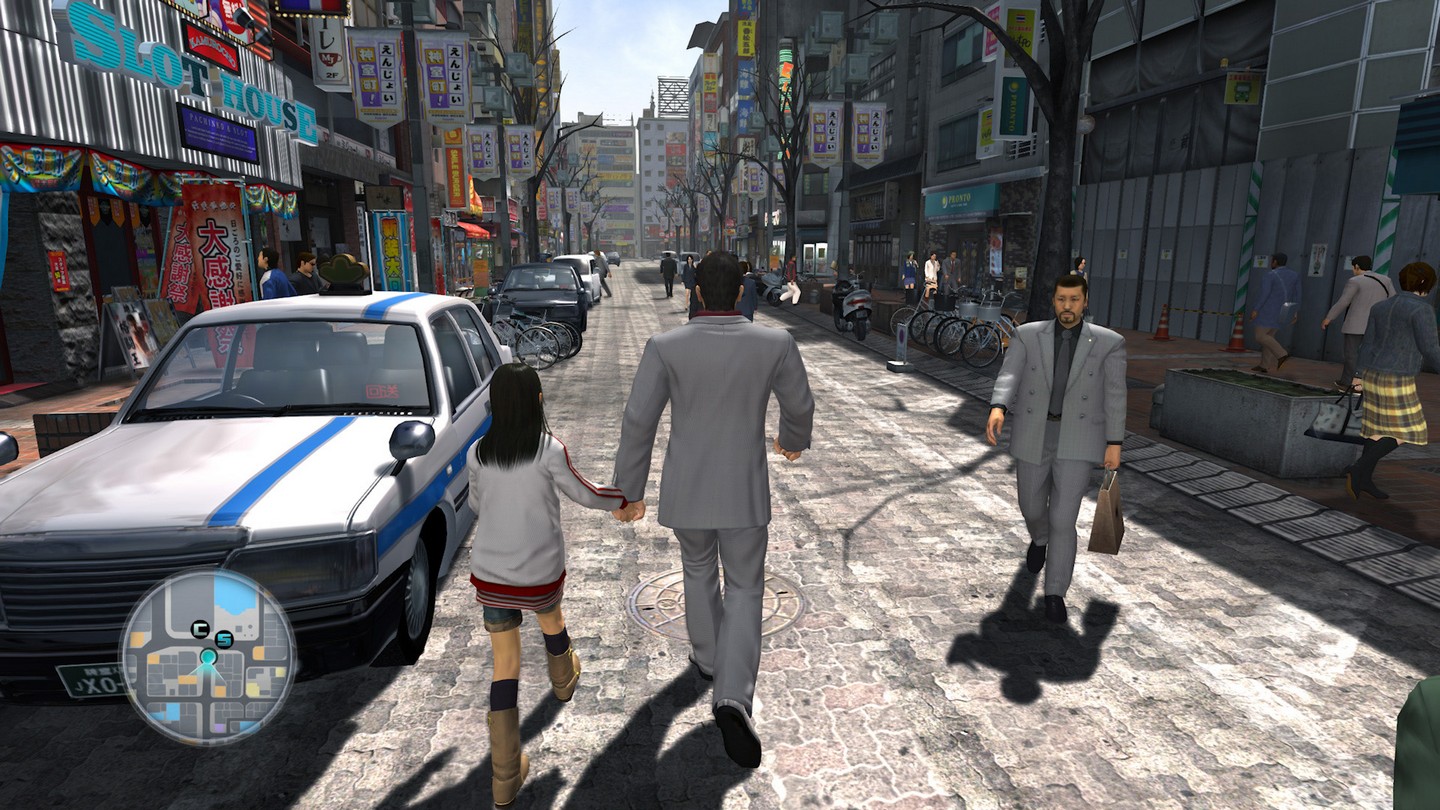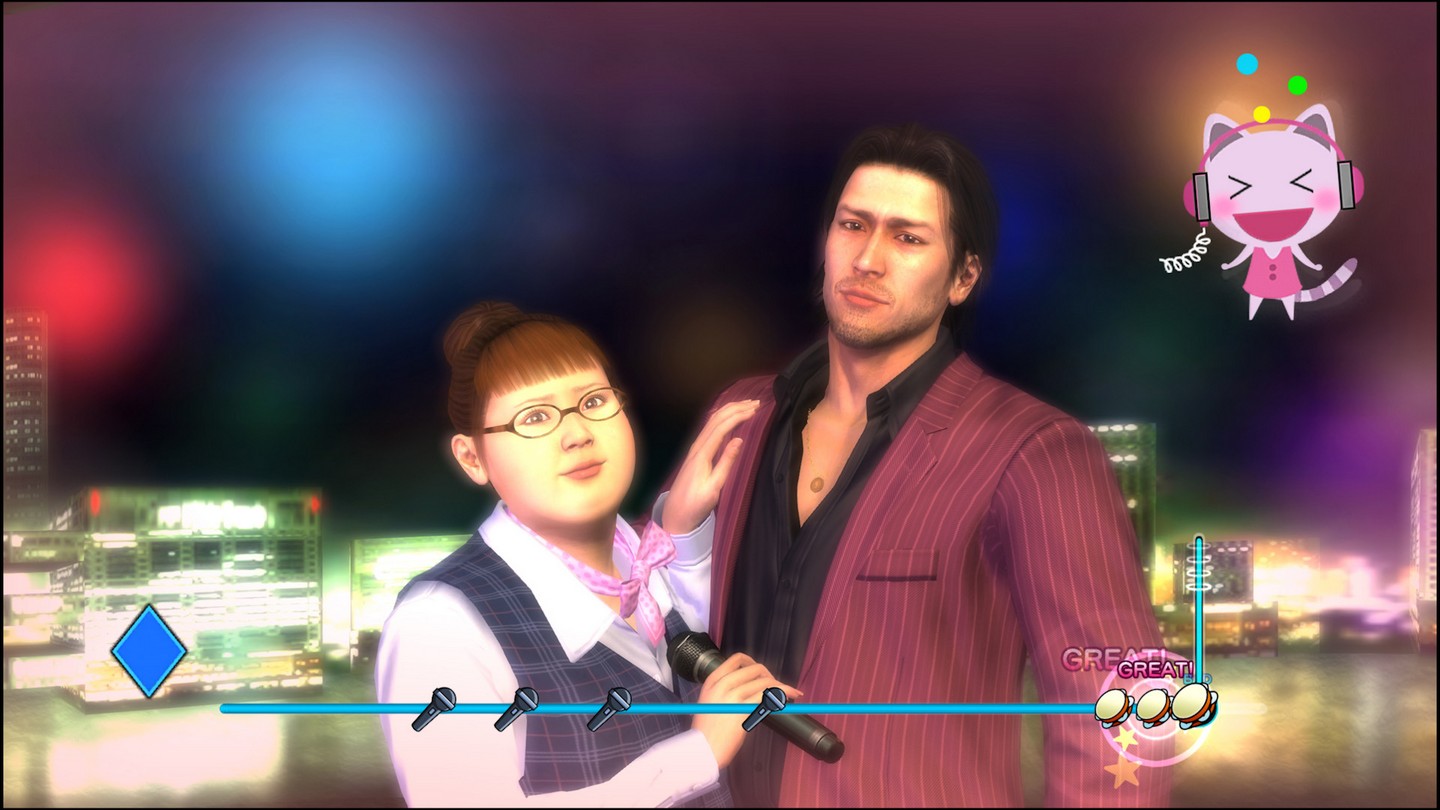Dragon Punch
The Yakuza series has been experiencing somewhat of a resurgence recently. The last four releases on PlayStation 4; Zero, Kiwami, Kiwami 2 and 6 all sold very well in the West. Then Zero and the two Kiwami games came to PC, and will also be shortly released on Xbox One. However, that still left the three PlayStation 3 games without a current gen home, and seeing as the 5th game never got released outside of Japan, many Western Yakuza fans were left with an incomplete saga of KazumaKiryu. Not wanting to disappoint old and new fans alike, SEGA announced that the original three PlayStation 3 games would be getting a remaster. Not to the same extent as the Kiwami games, but at least they all would be available on current consoles and include Yakuza 5.
For those that haven’t played the series before, the Yakuza games predominantly center around the life of KazumaKiryu, a man who is practically born in to the Yakuza, with the series covering most of his adult life, starting off as a fledgling Yakuza thug and going on to become the Forth Chairman of his clan and beyond. The remastered collection kicks off with Part 3; after becoming the chairman, Kiryu decides to step away from the Yakuza life and start an orphanage in Okinawa, hoping to give back something to society. But as you can imagine, things do not go according to plan, and he is forced to return to his old ways in order to protect the orphanage and his surrogate family.

Platform: PlayStation 4
Price: $59.99
In the fourth installment, things get shaken up a little. Firstly, the story isn’t solely focused on Kiryu, but instead weaves a story involving him and three other main protagonists. In fact, Kiryu doesn’t even show up for the first few hours of the game. The story centers around a turf war from inside the Tojo Clan, where nothing is ever what it seems. Finally, the fifth game ups the ante once more and includes five playable characters, many of whomare returning cast members from the previous installments. Once again, the story involves Yakuza politics and dangers from both within the organizationand outside of it. It is here that things can get a little stale.
There are two major themes throughout the Yakuza series,politics and property, and after a while I craved something a little different. The games can get a little dense at times however, with many story arcs all playing out at the same time, and I sometimes struggled with what was going on. Playing as multiple characters in the fourth and fifth games does add a lot however, with each of them having their own fighting style making the combat more interesting. It also helps that most of the cast are incredibly likeable, especially Kiryu. The heroes often have a swagger about them that I just couldn’t help but love, and the main villains suitably ham it up enough to let you know that this game doesn’t take itself too seriously.
Something else that points to the lighter side is many of the side quests and activities. A staple in the Yakuza series, they often verge on the ridiculous. Many are fetch-quests such as ‘Go here’, ‘Find this’ or ‘Buy that’ and some are split up into multiple quests that tell a bigger story. But most of them are entertaining and make the world they inhabit feel that little bit bigger. There are also many ways to kill the time in Kamurocho; find a Club SEGA and Kazuma can play classic arcade games like Space Harrier and Virtua Fighter. Players can also try their hand at pastimes like fishing and the Japenese art of Karaoke. Not something one would automatically associate with the Yakuza, but fun none-the-less.
Combat is simple enough, with a range of combos involving light and heavy attacks, as well as using grapples and weapons. But it is very satisfying with each punch and kick feeling like it really hurts. Sometimes I ended up spamming some of the bosses, which can be a little damage spongey, but I mostly had fun doing it. The combat is more refined in 4 and 5, with each character having their own moves. It is something you see them enhance on when it came to making Zero and the Kiwami games.
Unlike the two Kiwami games, this collection is just a standard remaster and has not been given the same level of polish that wasafforded those other two games. This is probably due to the fact that the first two games were PS2 games, and needed a higher level of work done to them. It may have also taken too much time to give another three games that kind of treatment. But in all honesty the work done here is plenty good enough. The games may still feel slightly dated, the way that these types of Japanese games can, but they look really nice on the PS4, with character models and textures being upscaled and looking sharp on Sony’s newer machine, and unless I was looking at them side-by-side I would be hard pressed to find that much of a difference between the Kiwami games and this collection. The remastered collection has also had some other work done.

Firstly, they have all had their translation completely re-written to allow for a closer representation of the original Japanese text. Not only that but the developers, Ryu Ga Gotuku, also decided to remove a small portion of the original content due to it not being in line with today’s sensibilities. I don’t mind the missing content as apparently, they only involved side quests. But I am glad they decided to polish up the translation, as these things can be tricky and it is nice to know that they put the effort in to make the experience as close to the Japanese version as they could.
As someone who only came to the Yakuza games when Zero was released, getting the chance to play the whole series now is something that really appeals. The narrative in these games may not differ too much from one another, but it is more than made up with the varied and entertaining cast. Kiryu’s Yakuza with a heart personality really stands out and only made me love him even more, especially when he was being an unstoppable fighting machine.
Review copy of game provided by publisher.
